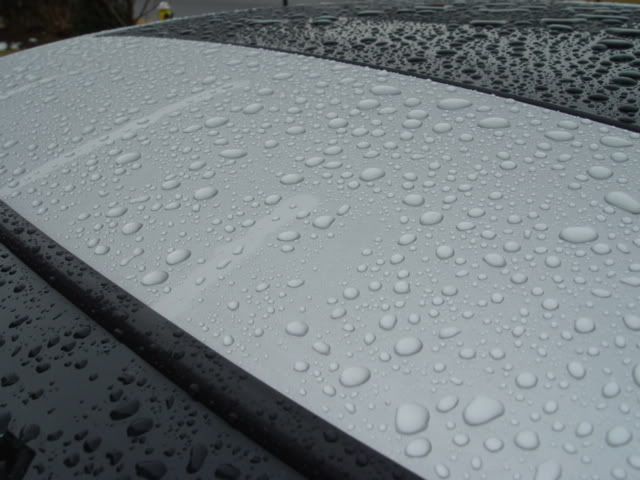hooked said:Turtle Wax ICE?
Sorry, couldn't resist.
I use Prime and AJT on my cars and I've been happy with the beading. I detailed my van back in November and only recently I've noticed that the roof isn't beading anymore. It's kept outside all the time and I haven't washed the roof since November. So about 3 1/2 months without any upkeep. Not too bad.
Does the fact that Prime was put on by hand play a factor? What do you guys think?
Regular Prime would have an affect if you didn't polish or clay prior to applying the sealant. Prime prepares the surface by chemically cleaning it, thus the sealant has a better chance of bonding! :nixweiss






